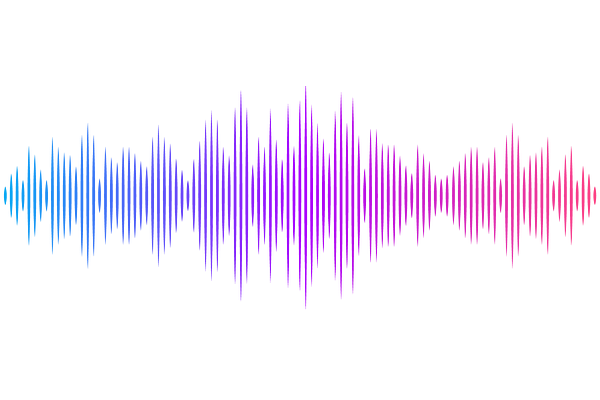An Enhancement of Extrachromosomal Circular DNA Enrichment and Amplification to Address the Extreme Low Overlap Between Replicates

An Enhancement of Extrachromosomal Circular DNA Enrichment and Amplification to Address the Extreme Low Overlap Between Replicates
Burnham, C. M.; Kurilung, A.; Wanchai, V.; Regenberg, B.; Delgado-Calle, J.; Basnakian, A. G.; Nookaew, I.
AbstractExtrachromosomal circular DNA (eccDNA) of chromosomal origin is commonly present in all eukaryotic organisms and tissue tested so far. EccDNA populations exhibit immense diversity and a characteristically low degree of overlap between samples, suggesting low inherence of eccDNA between cells or a deficiency the methods by which eccDNA is detected. This study revisits the Circle-seq approach for enrichment of eccDNA to address if these limitations, hypothesizing that experimental procedures significantly contribute to the observed low eccDNA overlap. We optimized the protocol by reducing the time. Linear DNA is digested by increasing exonuclease V activity. We employed CRISPR-Cas9 for mitochondrial linearization, which proved superior to restriction enzymes. A key finding is the critical role of random hexamer primer concentration and genomic DNA input in Rolling Circle Amplification (RCA) for generating high-quality long amplicons from eccDNA (concatemeric tandem copy, CTC), essential for confident de novo eccDNA construction from long-read sequencing data. Lower primer concentrations substantially increased the percentage of CTC-derived eccDNA and improved the overlap of identified eccDNAs in technical replicates. Applying this revisited approach to human myeloma and breast cancer cell lines, as well as xenograft models, demonstrated that the optimized conditions enhanced the overlap of detected eccDNA up to over 50% overlap which substantially improved over previous studies (less than 1%). These findings provide guidelines for developing standardized procedures for eccDNA profiling, advancing our understanding of eccDNA biology and its potential clinical applications.